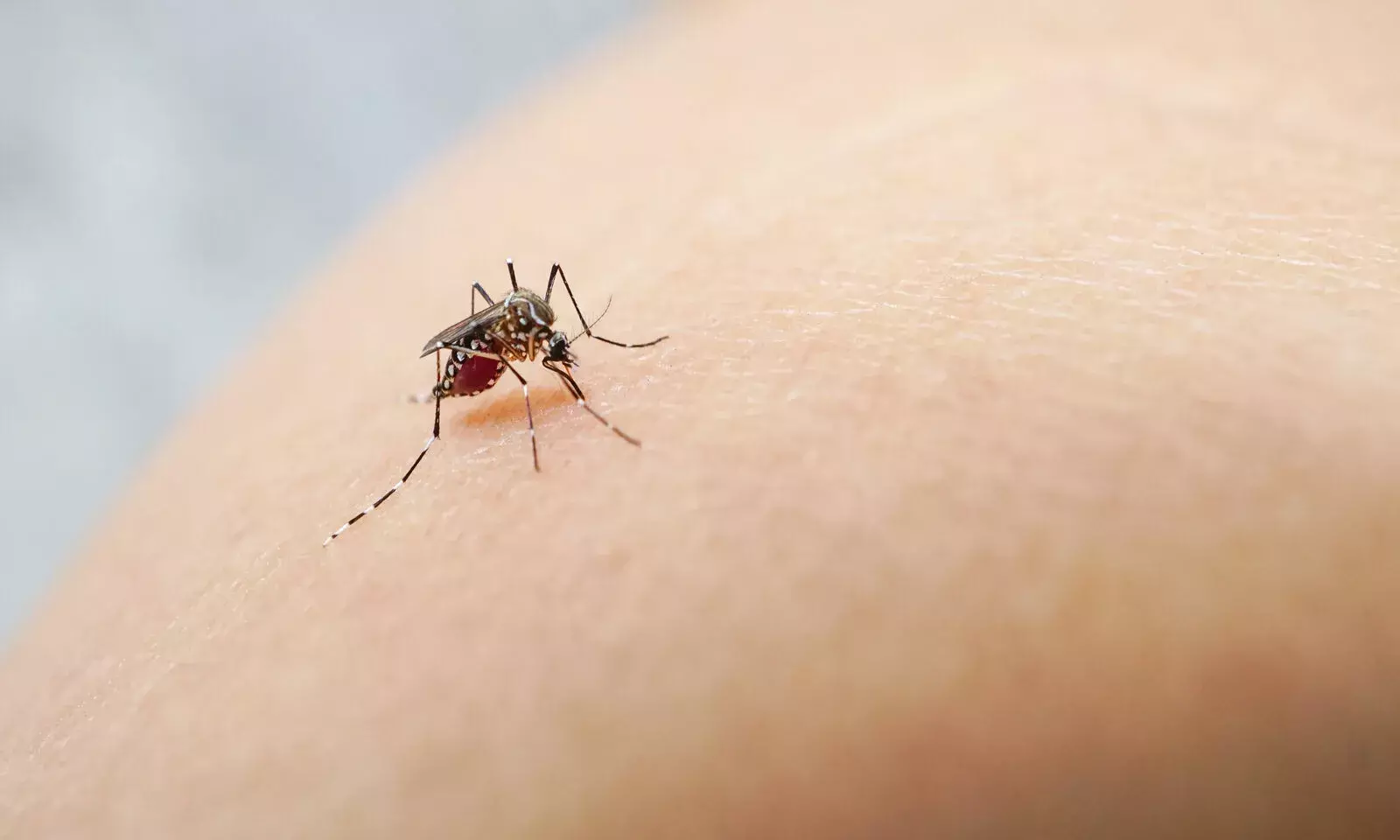World Malaria Day: Five Myths Around the Disease Debunked
From whether a person can suffer from malaria more than once to if garlic can help ward off mosquitoes, here are five myths around malaria busted

Photo: Shutterstock.com
India was the largest contributor to malaria cases in the South-East Asia Region in 2020 as the country accounted for 83% of estimated cases and 82% of all malaria deaths in the region, according to the World Health Organization's 2021 World Malaria Report. While India recorded 1.7% of the world's malaria cases in 2020, the country has been seeing a declining trend in cases and deaths since 2015.
While a vaccine for malaria was only approved for the first time in 2021 by the World Health Organization (WHO), the disease can be cured by antimalarial prescription drugs.
Malaria is mainly present in the eastern and central part of India. Its presence is measured using Annual Parasite Incidence (API), total number of positive malaria cases in a year per 1,000 population, and a state with more than one is classified as an area with high malaria incidence.
While Mizoram (API 4.61) and Tripura (API 2.43) are the only two states with high malaria incidence, certain districts in Chhattisgarh, Jharkhand, Maharashtra, Meghalaya, Odisha, an West Bengal also have an API of more than one, Minister of State for Health and Family Welfare Bharati Pravin Pawar told the Lok Sabha in April 2022.
Malaria is a potentially life threatening disease caused by parasites Plasmodium vivax, Plasmodium falciparum, Plasmodium malariae and Plasmodium ovale that are transmitted through the bite of infected female Anopheles mosquitoes, according to the WHO.
The most common symptoms of malaria are fever, headache and chills which appear 10-15 days after the infective mosquito bite. If not treated within 24 hours, it can progress to severe illness, often leading to death. But the disease can be treated with a combination of two or more drugs. Chloroquine phosphate is the preferred treatment for this parasite.
On World Malaria Day, observed on April 25 every year to raise awareness around the vector-borne disease, FactChecker here busts five popular misconceptions around the disease:
Myth 1: Malaria spreads only during rainy season
Fact: While malaria and other vector-borne diseases are generally known as 'monsoon illnesses', malaria parasites can hide in plain sight during the dry season too, according to a November 2020 study by a scientist from the University of Oxford.
Plasmodium Vivax, one of the major causes of malaria. adapts to the dry season by developing a prolonged incubation stage in the liver. This stage can remain dormant for almost nine months before multiplying rapidly in the blood during the infection stage increasing the chances of a mosquito bite and transmission to a new host.
Myth 2: Malaria is contagious and transmits through water, food
Fact: Malaria is not contagious. Malaria transmission cannot take place in the same way as a common cold or flu. Neither can it be sexually transmitted, according to the CDC. Only a female Anopheles mosquito can transmit malaria and only when it has been infected through a previous blood meal taken from an infected person. The only other way to get infected with the disease is through blood transfusion or organs transplantation from a patient with malaria.
While malaria infection during pregnancy can have dangerous effects on both mother and foetus, such as maternal anaemia, foetal loss, premature delivery, intrauterine growth retardation, and low birth weight, the disease cannot be transmitted to an infant through breastfeeding, according to the CDC.
Myth 3: Once you are infected with malaria, you will not be reinfected.
Fact: Malaria can occur multiple times. There are two species of parasites: Plasmodium Vivax and P Ovale. Both have liver stages and can remain dormant in the body for years without causing illness. Recurrence of malaria in patients can occur if infection was previously not treated properly or treated with an ineffective drug, leading to drug resistance.
"If not treated, these liver stages may reactivate and cause malaria attacks ("relapses") after months or years without symptoms," according to the Centers for Disease Control and Prevention (CDC).
Myth 4: Eating garlic helps ward off mosquitoes
Fact: Garlic is known to have high concentrations of sulphur containing compounds. While it's known for its antibacterial and antifungal properties, there is no scientific evidence to show that garlic repels mosquitoes. According to a preliminary 2005 study conducted by a group of researchers at the University of Connecticut Health Center, a group of subjects were asked to consume garlic on some days and a placebo on others and exposed them to mosquitoes on each day. The results showed that data did not provide evidence of significant systemic mosquito repellence.
Myth 5: Mosquitoes die after feeding
Fact: Unlike a honeybee, a mosquito does not die after biting a person. The female mosquitoes' mouthpart is designed to feed on blood regularly. After a female Anopheles mosquito has bitten a person, it rests to digest the blood and nourish its eggs. After resting for about two to three days, the mosquito lays between 50-200 eggs in water and further goes on to search for more blood.


